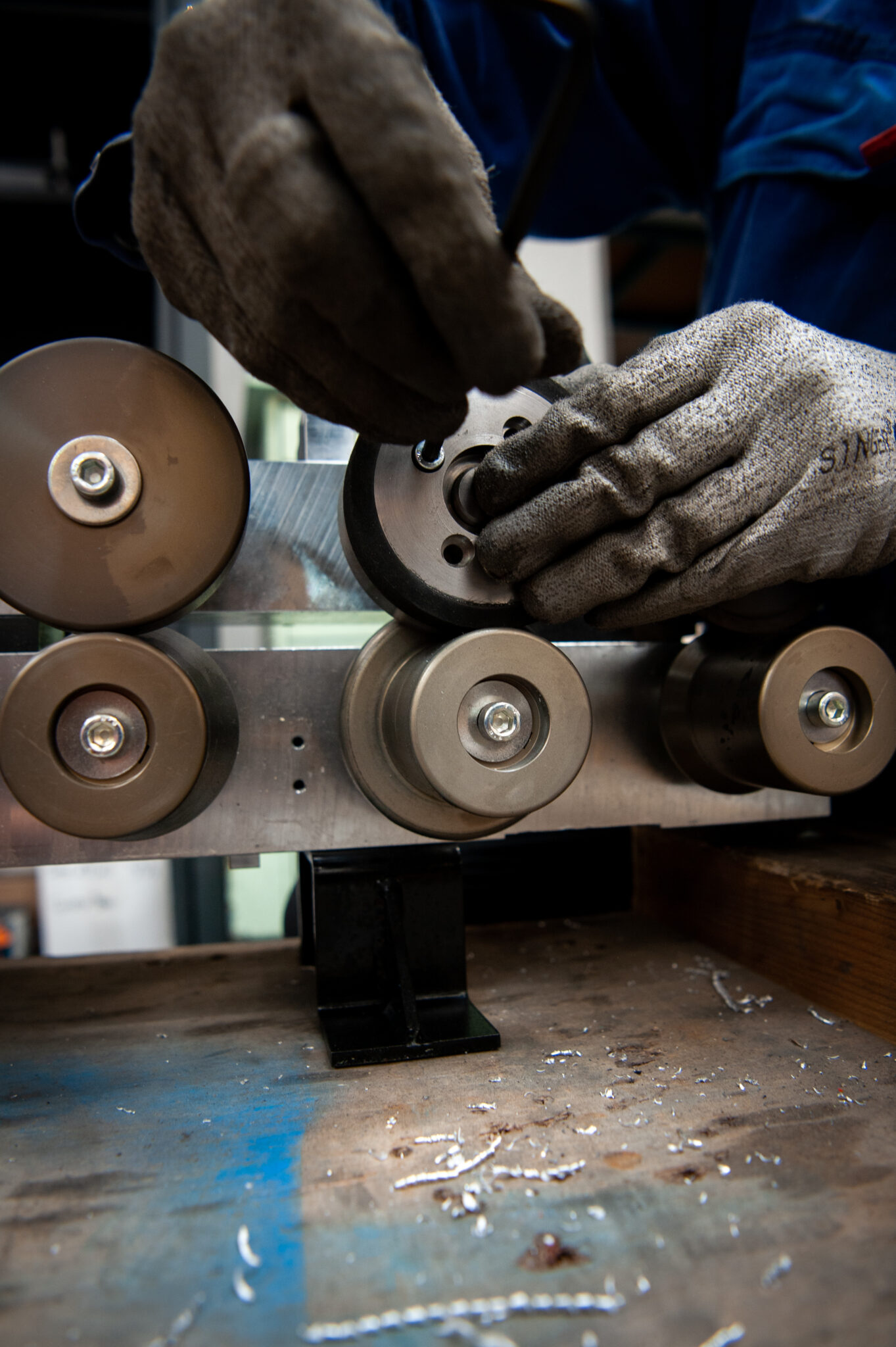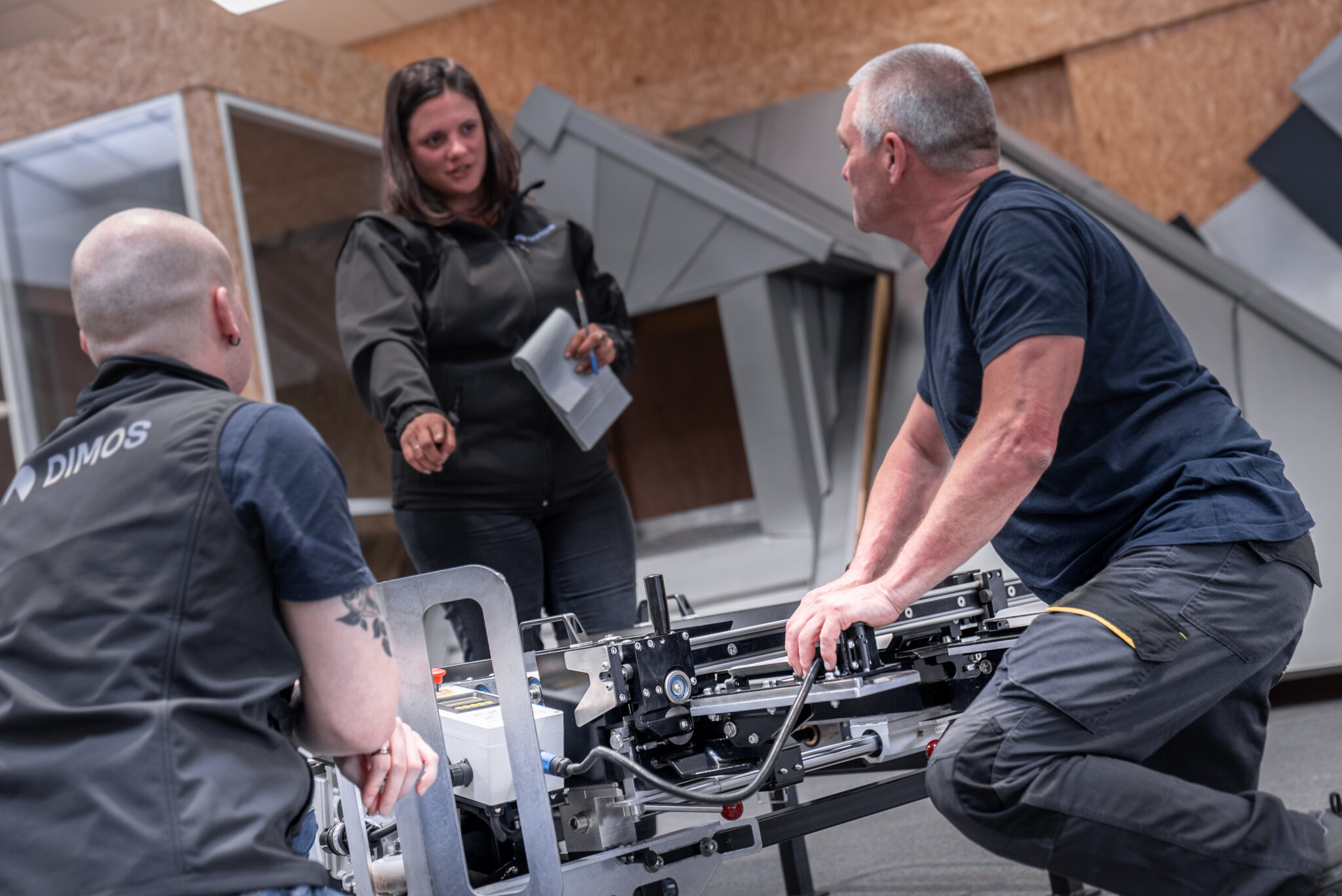
Tailor-made advice and demonstrations
Our product experts are at your disposal to answer all your questions and guide you in the choice of solutions adapted to your needs .
In order to reinforce you in your purchase decision, we offer different ways to discover and test our products. You can visit our dedicated experience center, explore our showrooms or attend demonstrations directly in our specially equipped trucks.
No matter where you are, a Dimos solution is always accessible near you .
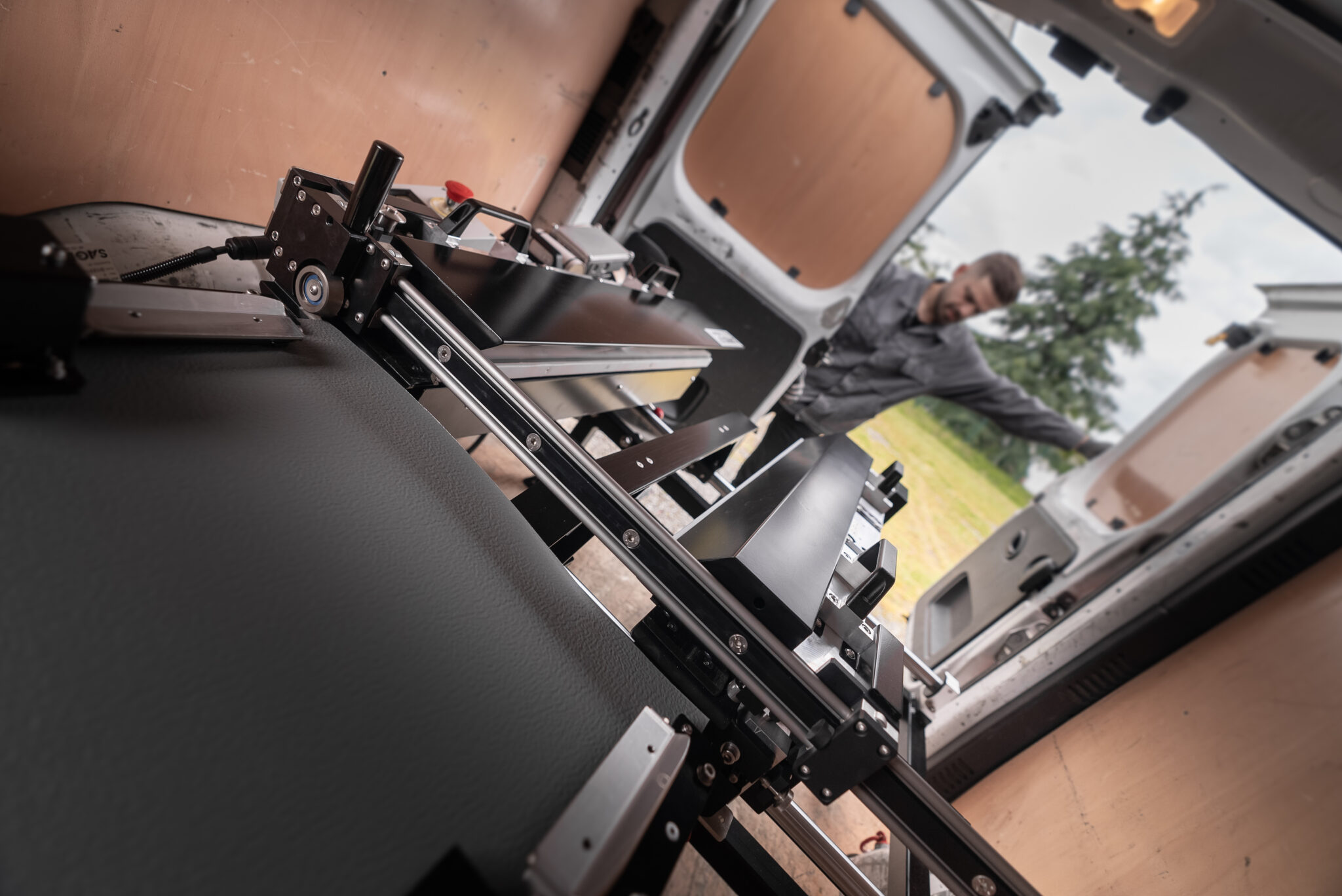
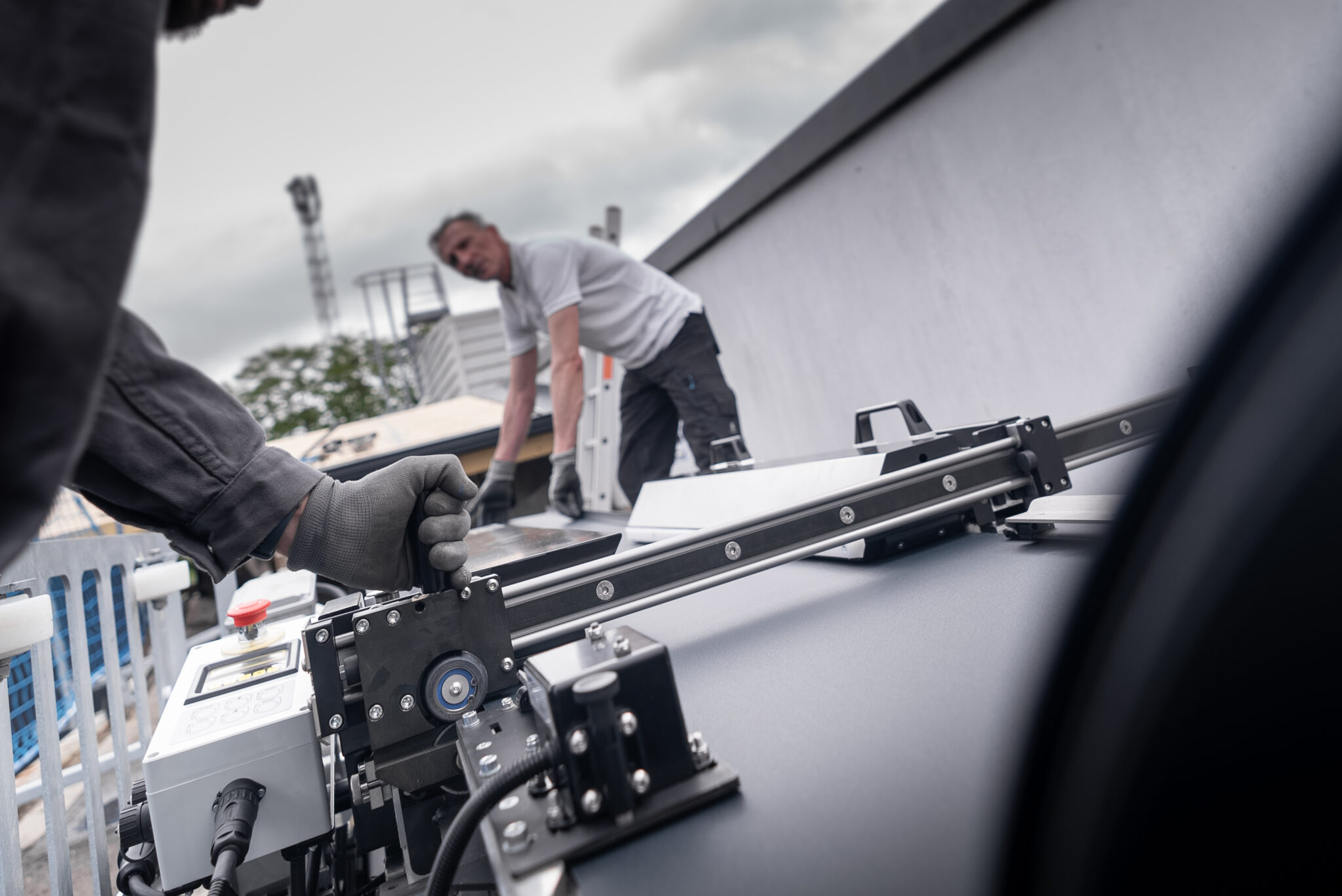
A dedicated
Our technical team plays a central role in your daily support . It assists you in the use of our shaping machines and workshops, guarantees the commissioning of your equipment and provides you with after-sales service for maintenance or necessary repairs.
We also offer maintenance contracts to ensure the proper functioning of your machine fleet, thus extending their lifespan and their performance.
Reliable and reactive after-sales assistance
When you encounter a technical problem, our after-sales service comes quickly to find an adapted solution. We ensure the availability of spare parts, in order to guarantee continuity of use.
If necessary, our technicians move directly to your premises to make the repairs. Before any intervention, a detailed quote is submitted to you, thus ensuring total transparency.
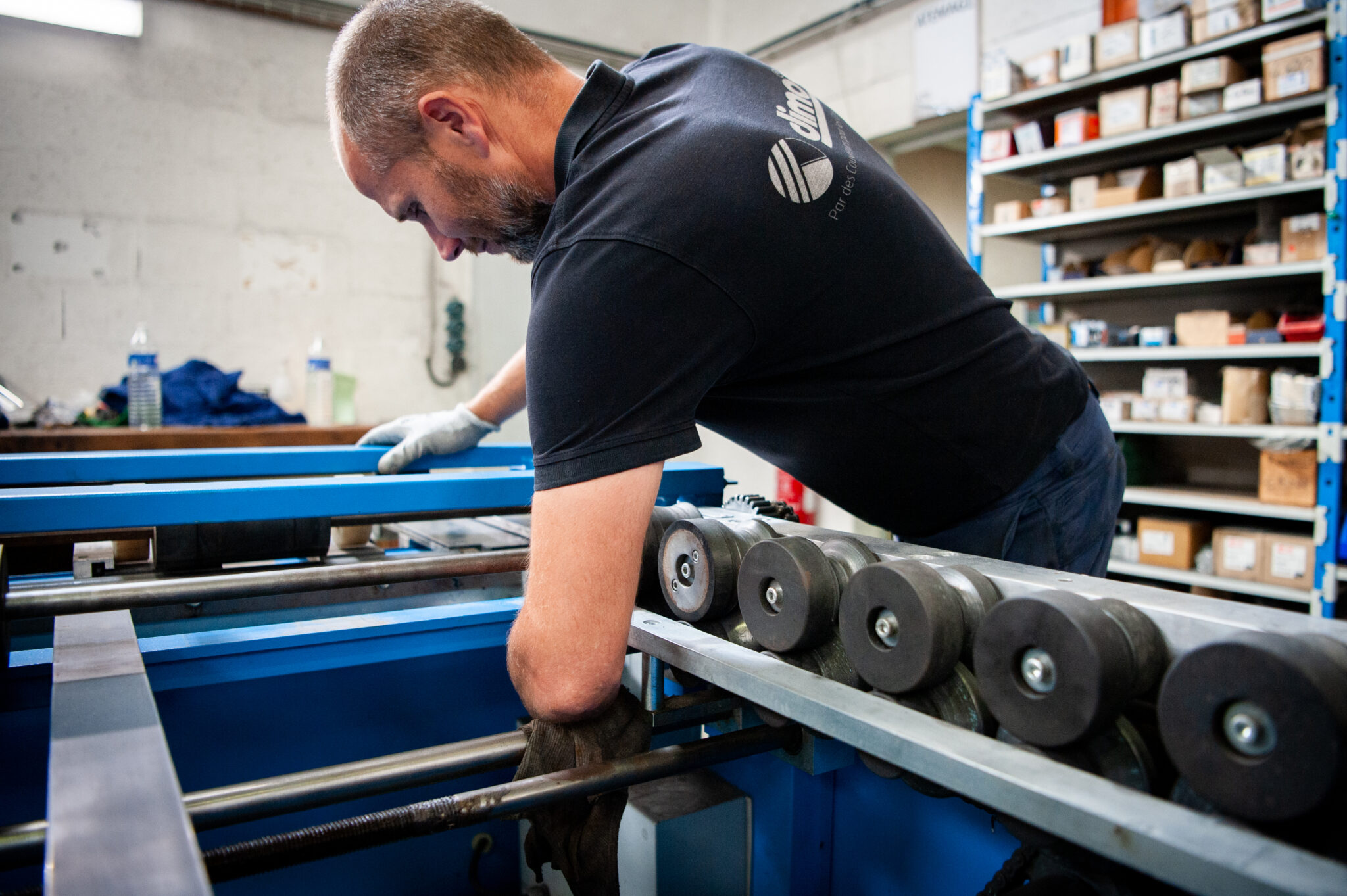
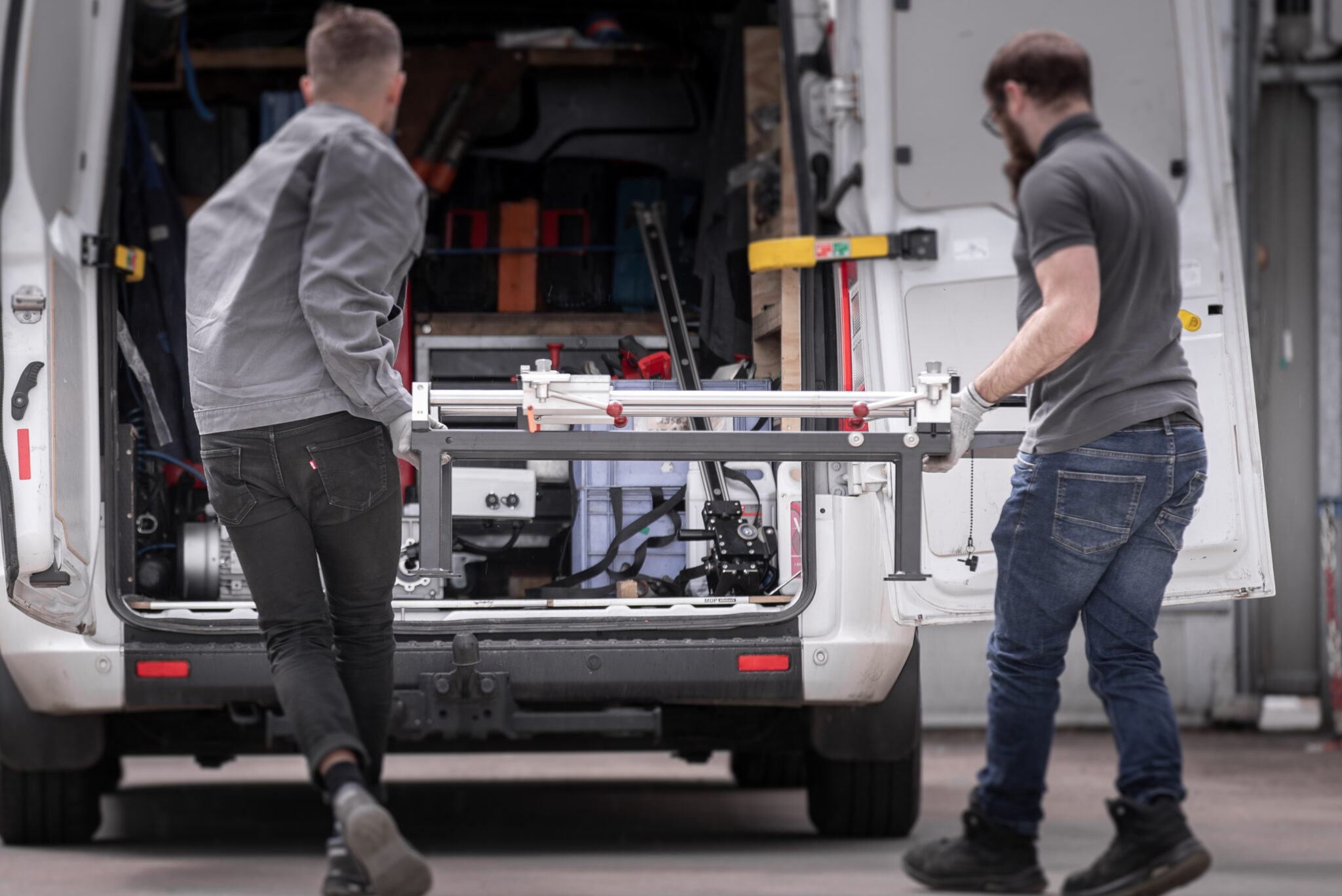
Commissioning and technical
When installing a machine, our technicians can intervene on site, in your workshop or on your sites, to train you in hand. This personalized assistance allows you to be operational quickly and in all serenity.
In addition, our machines, designed to be intuitive and easy to use, allow new users to familiarize themselves quickly, thereby reducing the need for prolonged technical support.
Maintenance contracts
Thanks to our maintenance contracts, benefit from annual visits to revise your Dimos machines. Our experts make sure that the machine always meets safety standards. They optimize the performance of your machine and ensures maintenance in order to extend its lifespan. You can count on us to intervene quickly, wherever you are in France, and thus guarantee the productivity of your long -term equipment. And be quiet, we call you every year to remind you and make an appointment at your convenience.
